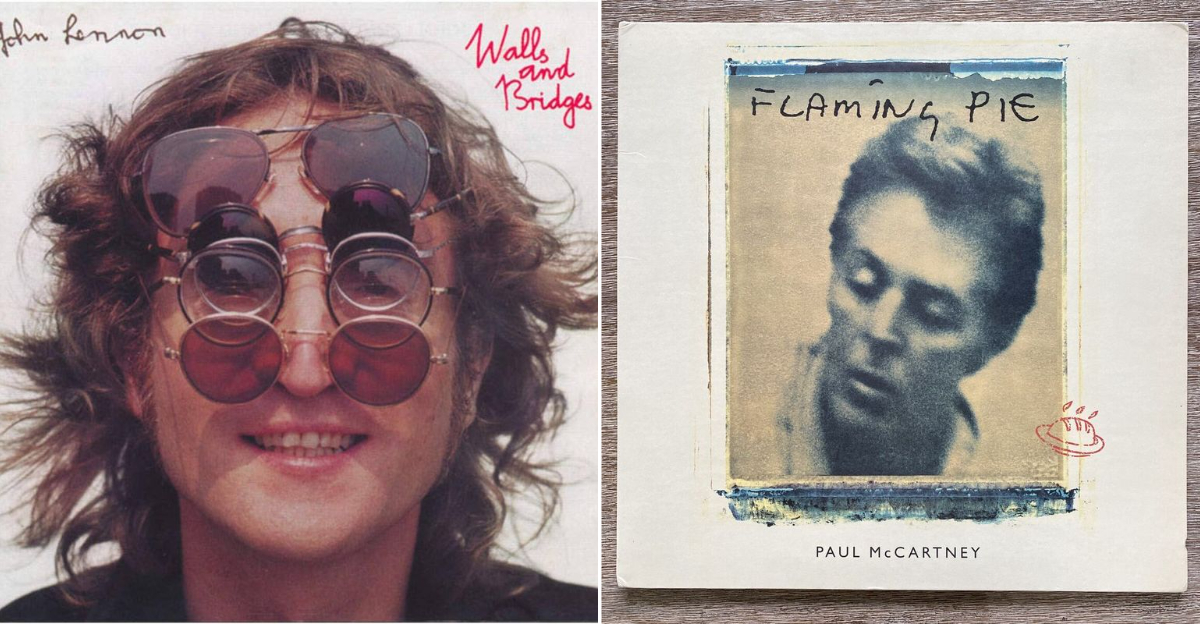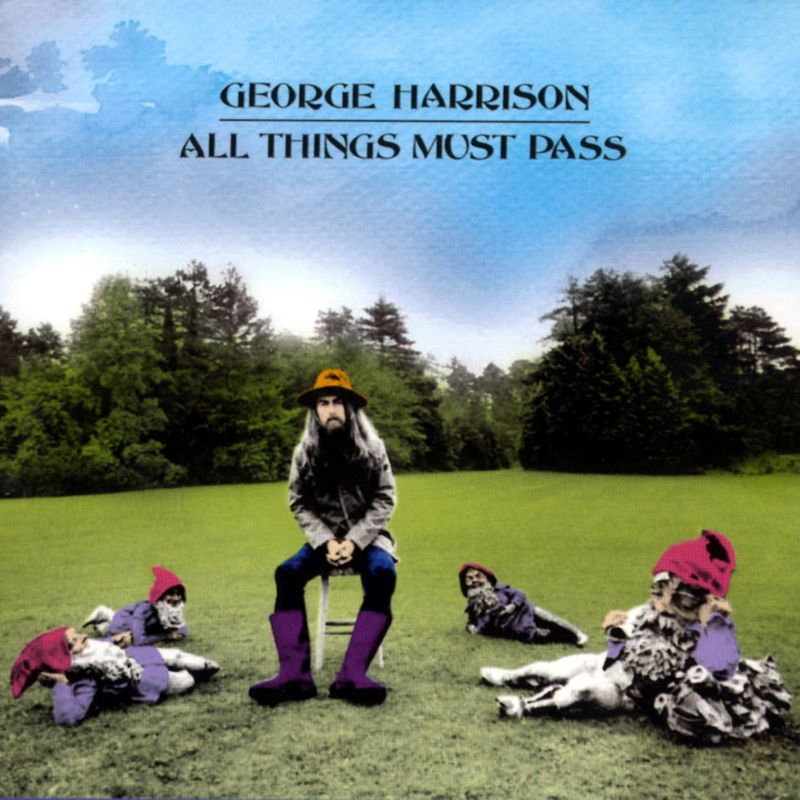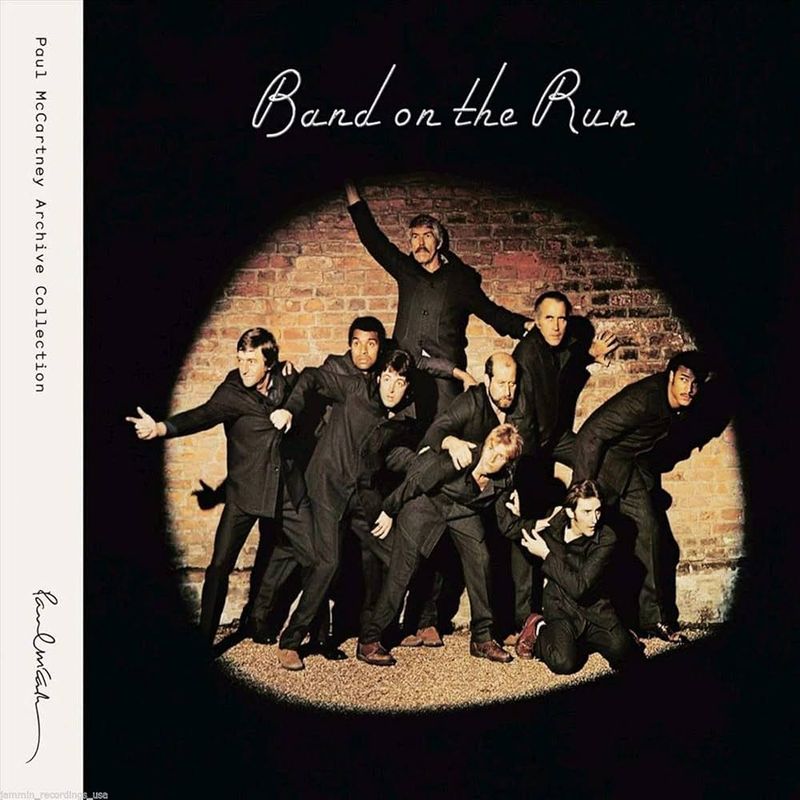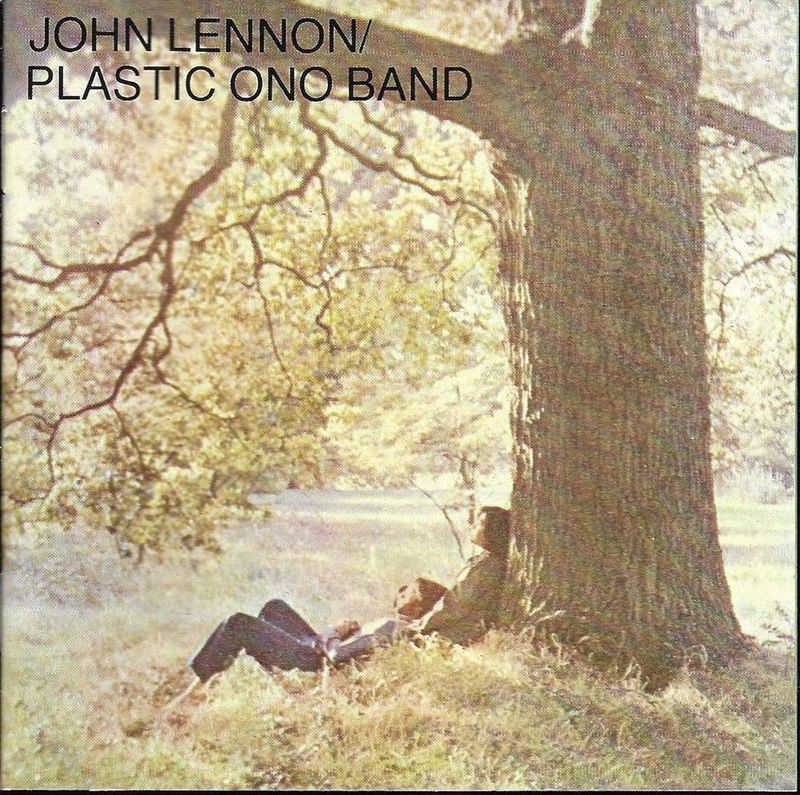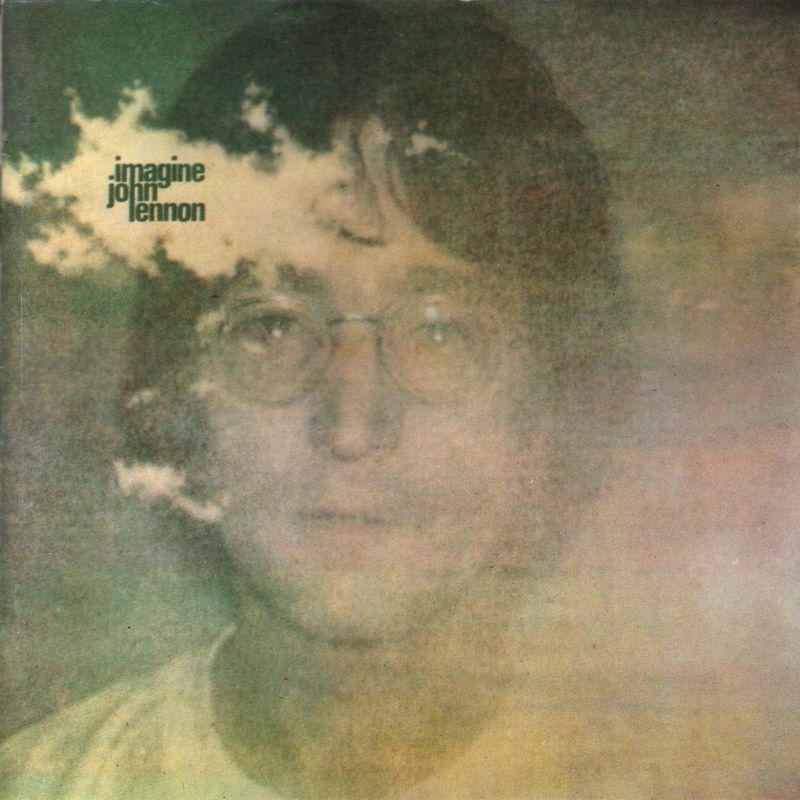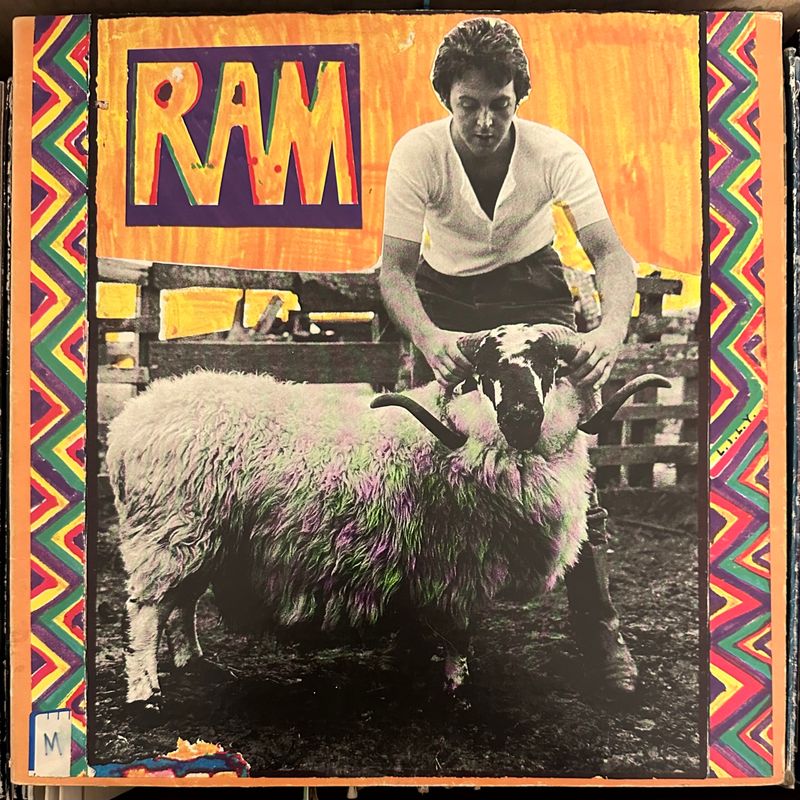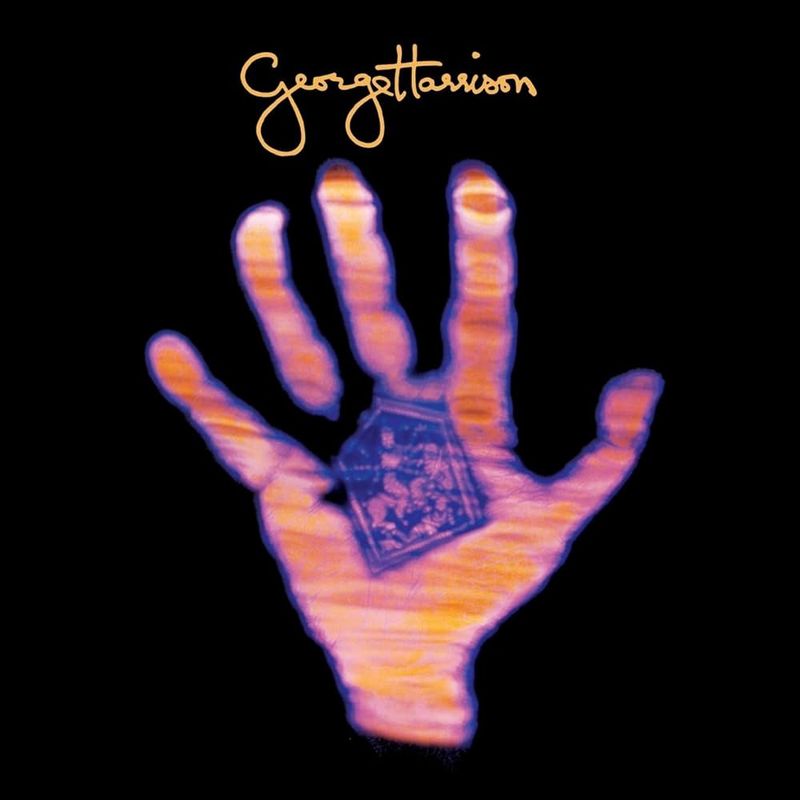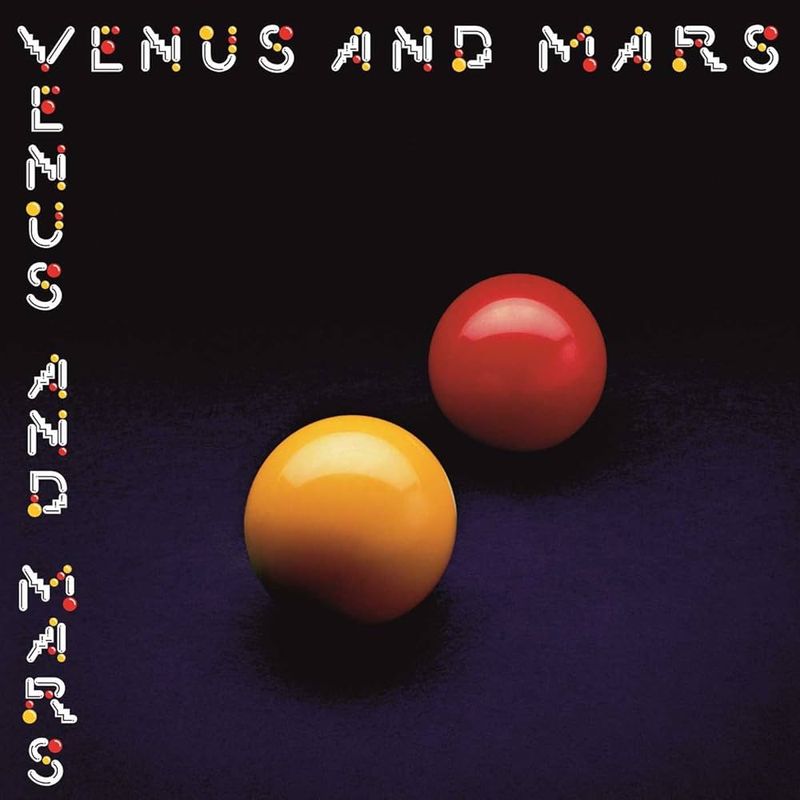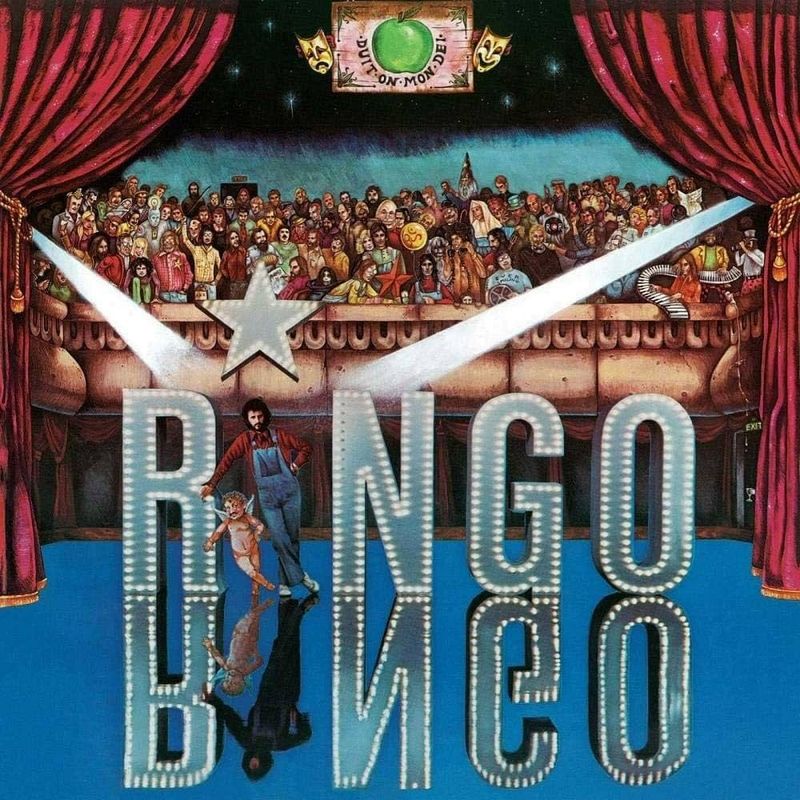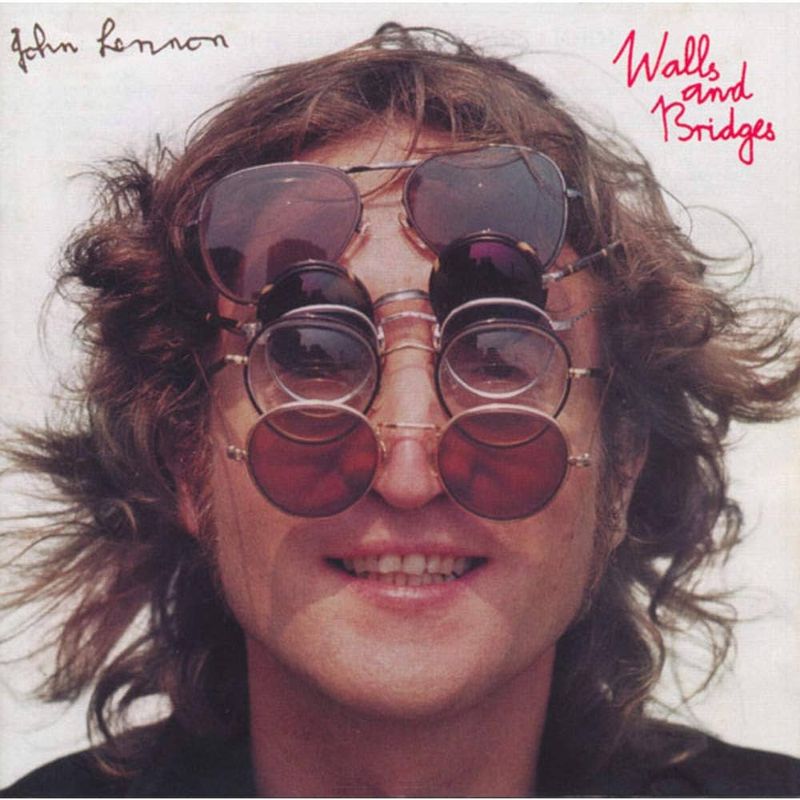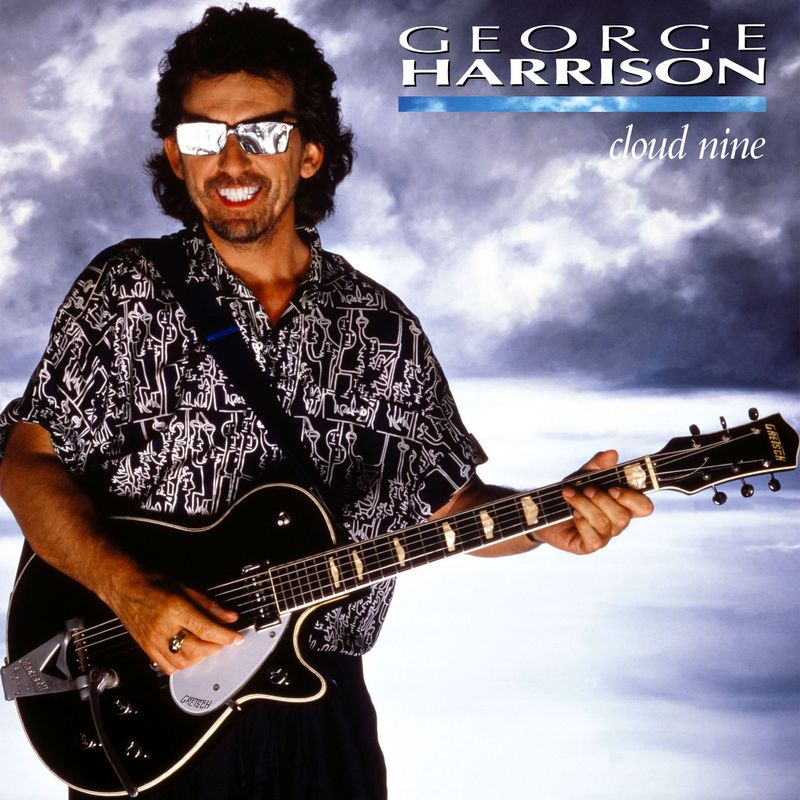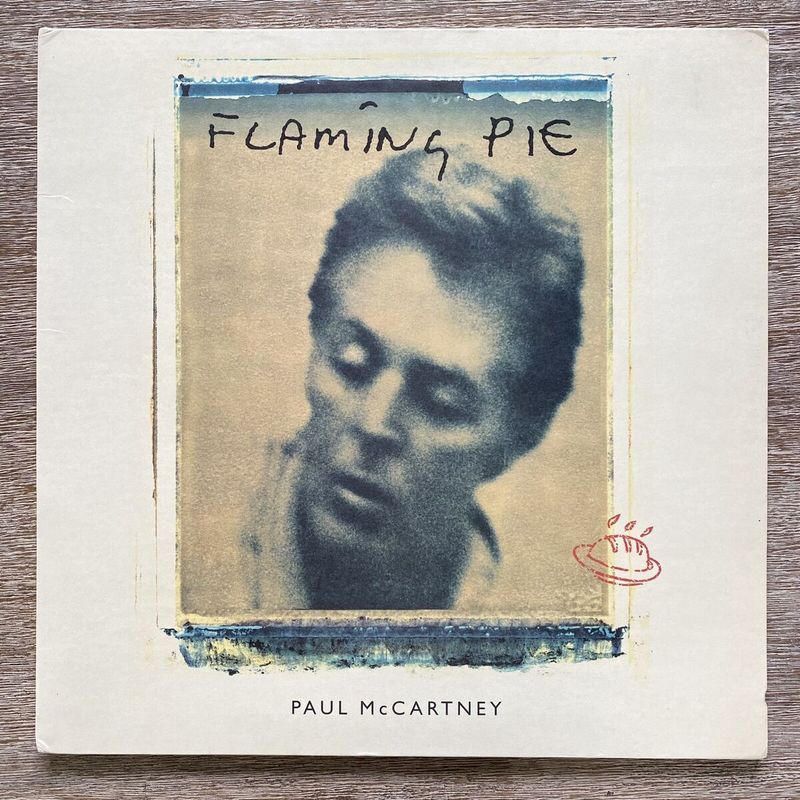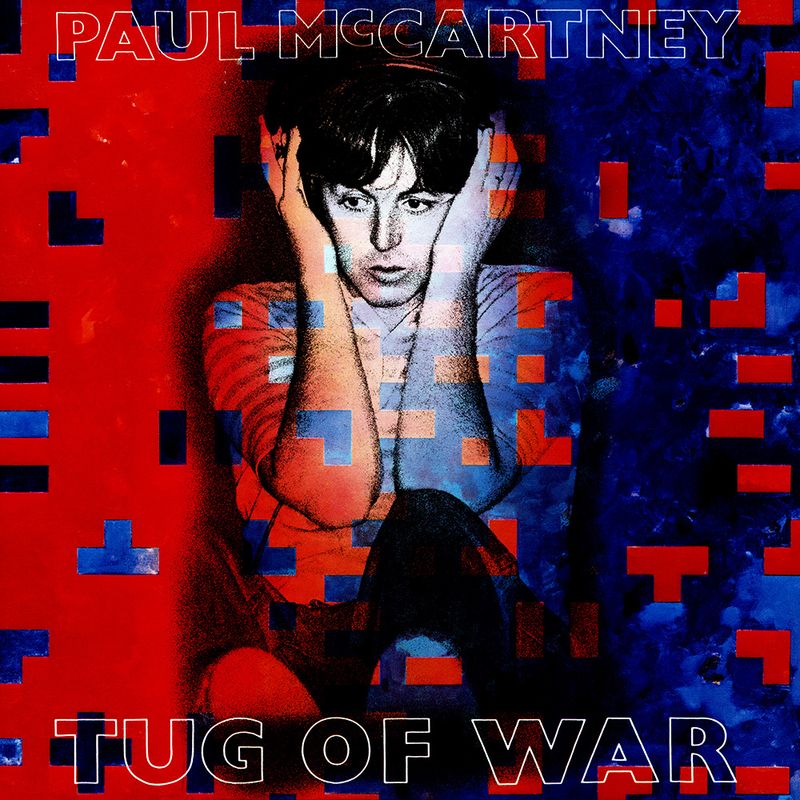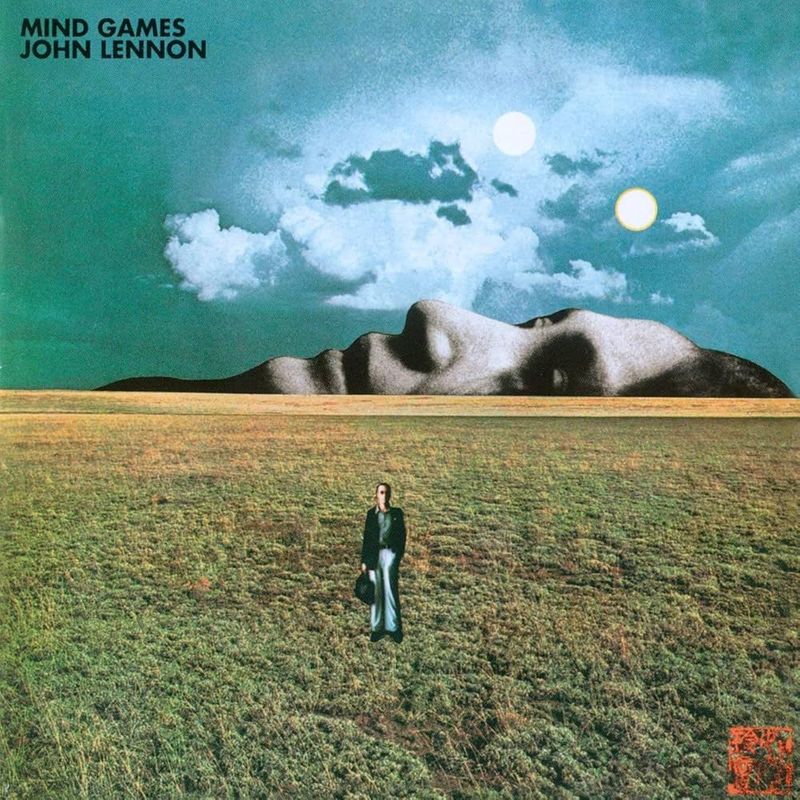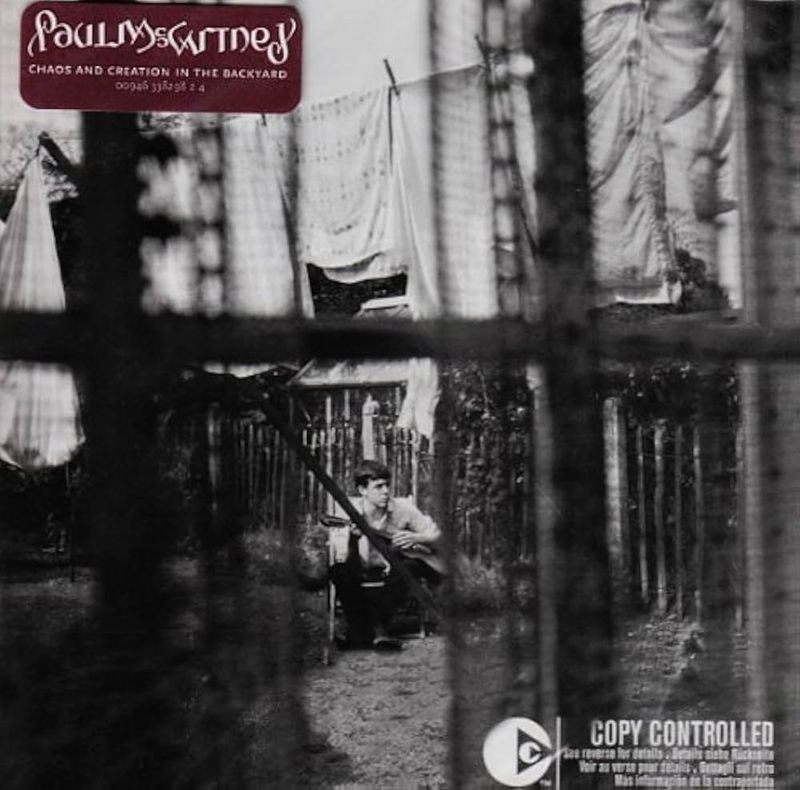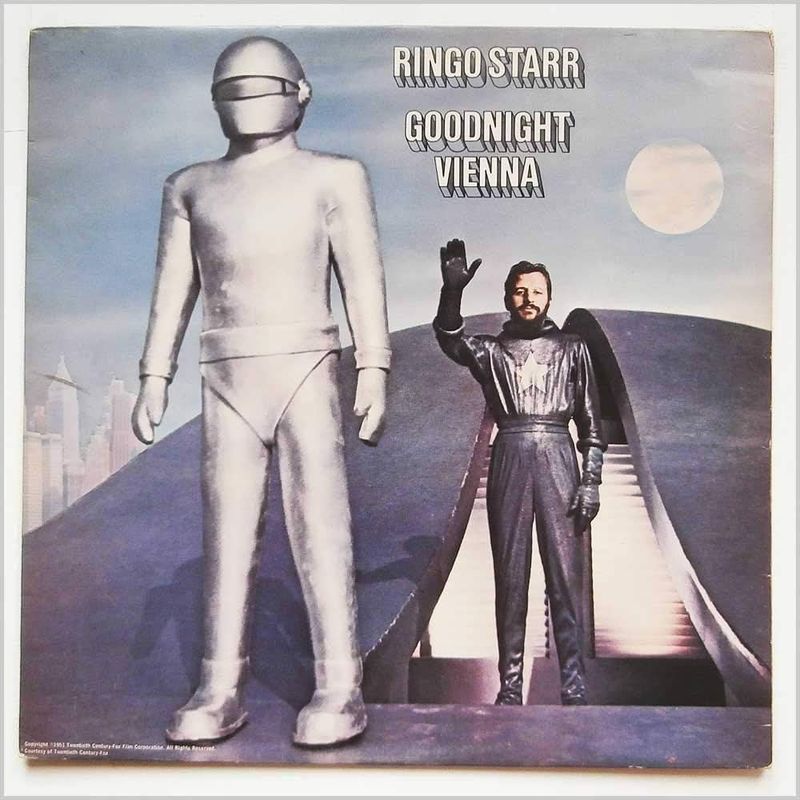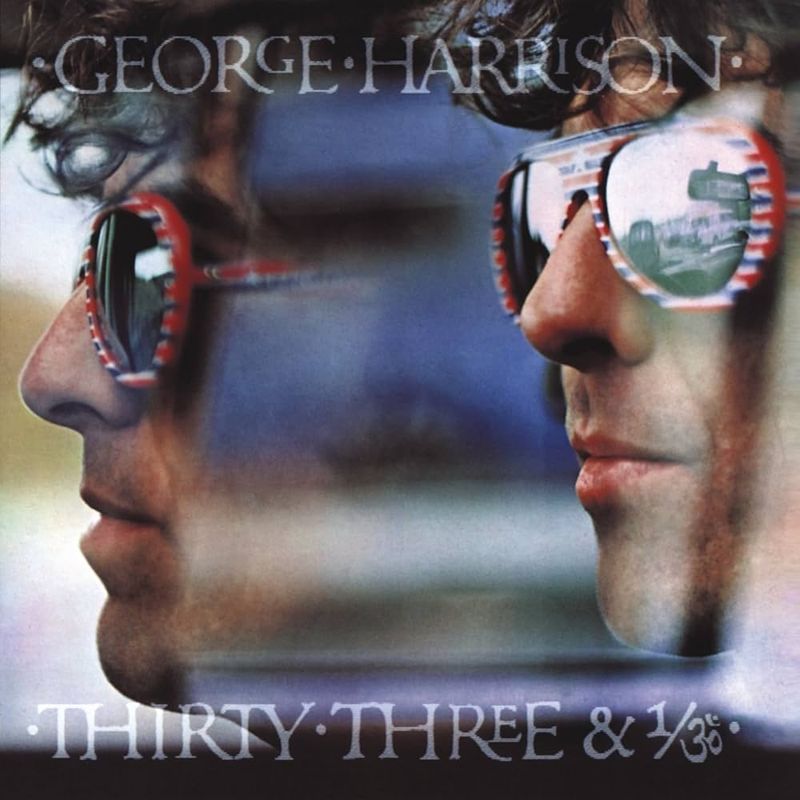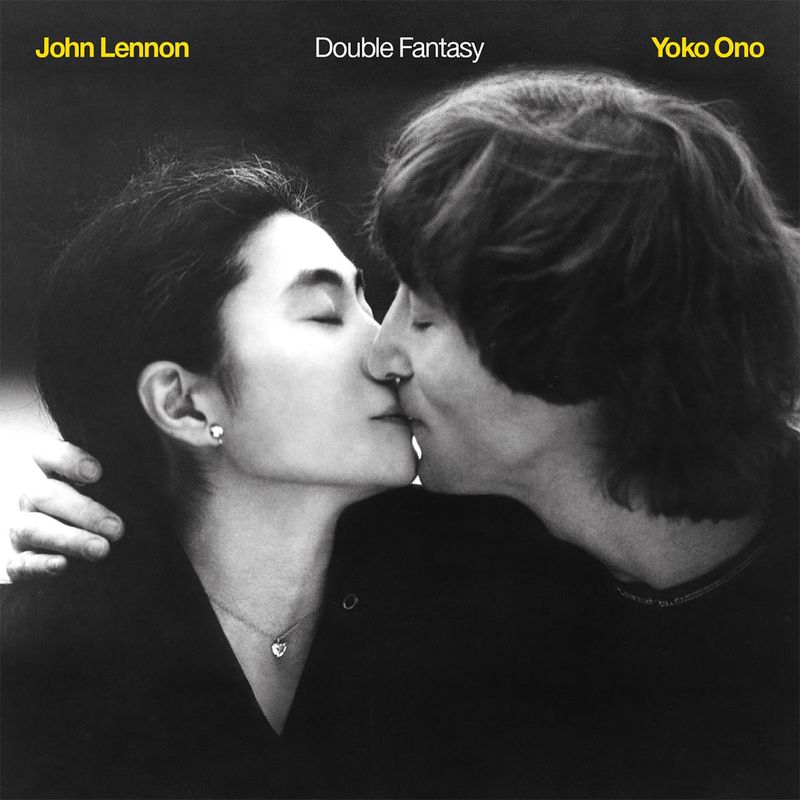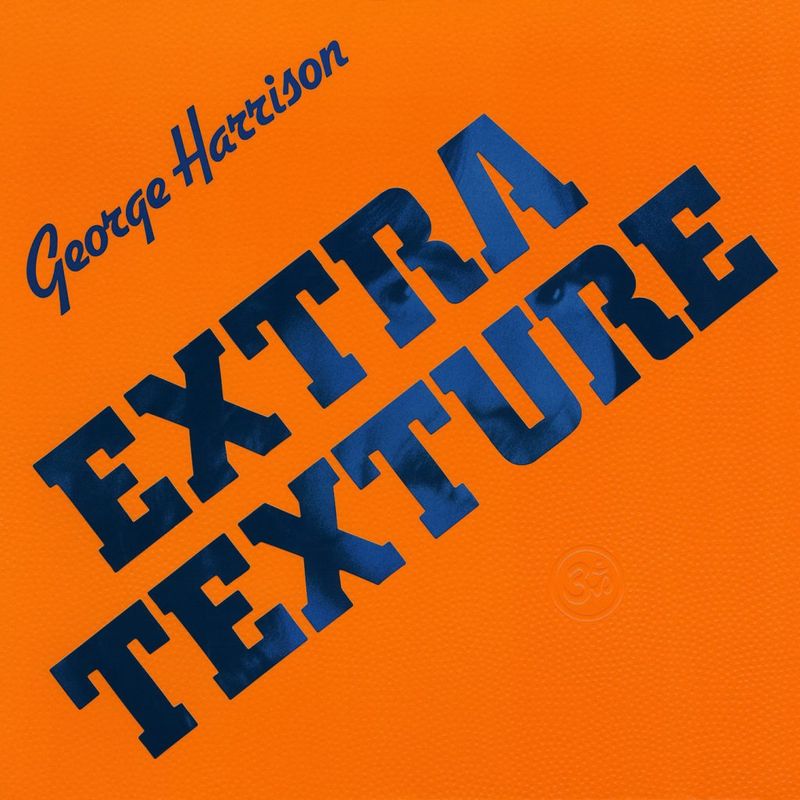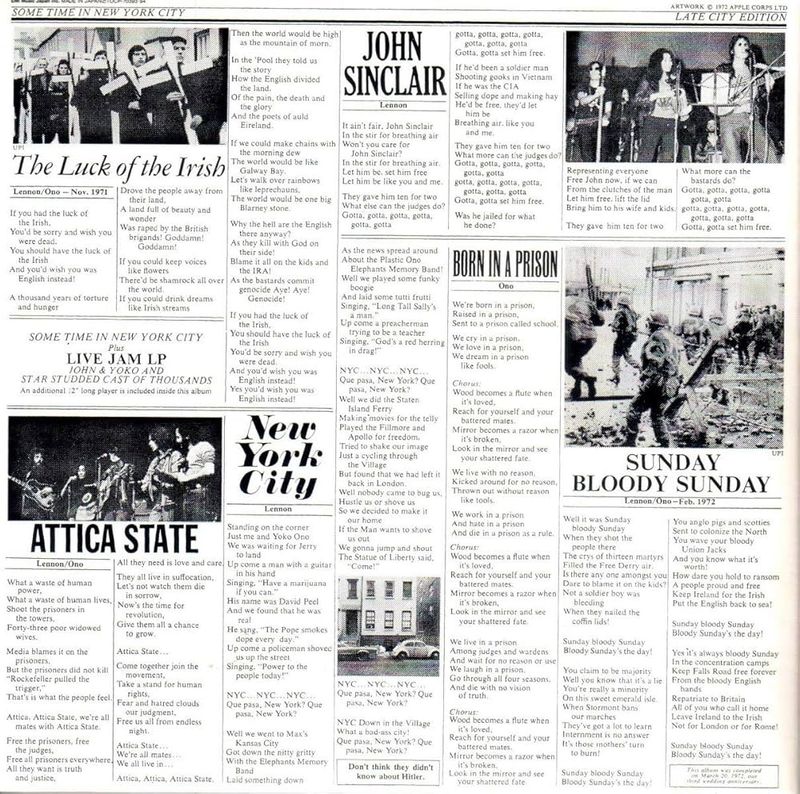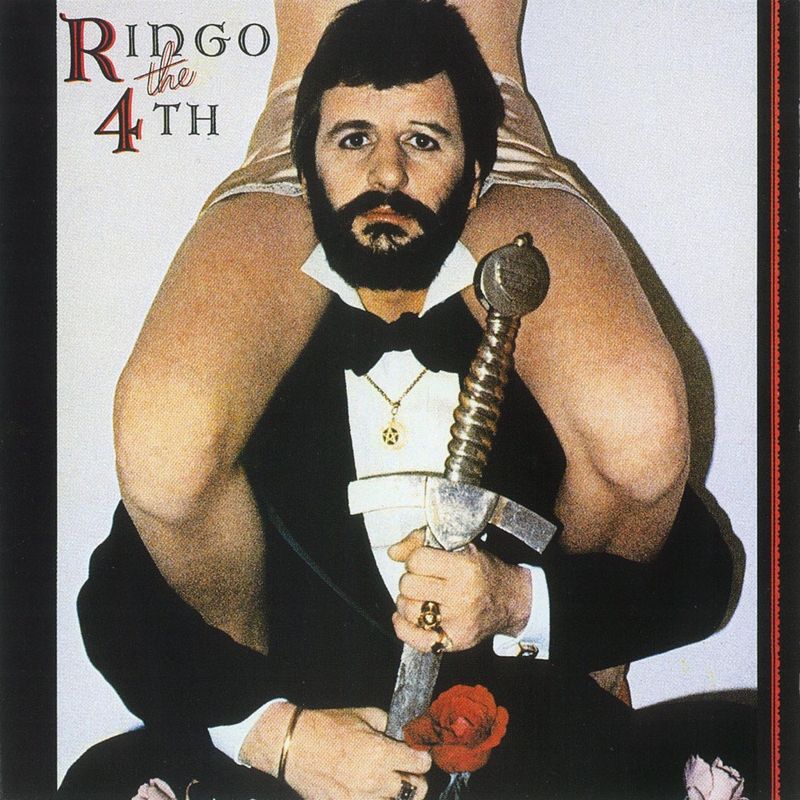Exploring the solo endeavors of Beatles members, this list ranks 21 of their solo albums based on critical reception and fan appreciation.
From George Harrison’s magnum opus to Ringo Starr’s less celebrated efforts, each album holds a unique place in the legacy of these legendary musicians.
The following rankings delve into the intricacies and highlights of each record, offering a detailed look at the post-Beatles musical journeys of John, Paul, George, and Ringo.
1. All Things Must Pass (1970) – George Harrison
Considered a landmark in solo Beatle albums, George Harrison’s “All Things Must Pass” stands as a testament to his musical genius. Released as a triple album, it features iconic tracks like “My Sweet Lord” and “What Is Life.”
Harrison’s exploration of spirituality is evident throughout, creating a rich tapestry of sound. The production, led by Phil Spector, adds depth and grandeur. This album marks Harrison’s emergence as a solo artist, shedding his “quiet Beatle” image.
Its influence resonated through the decades, solidifying Harrison’s legacy as a formidable songwriter. Truly, a pinnacle of post-Beatles work.
2. Band on the Run (1973) – Paul McCartney & Wings
“Band on the Run” by Paul McCartney & Wings is often hailed as his post-Beatles masterpiece. The album is renowned for its cohesive structure and memorable melodies.
Featuring classics like “Jet” and the titular track, it showcases McCartney’s unparalleled ability to craft hits. The recording sessions in Lagos, Nigeria, imbued the album with a unique energy.
Each song contributes to a narrative flow, capturing McCartney’s creative peak. This release reaffirmed his status as a leading figure in rock music. Its enduring popularity is a testament to McCartney’s artistry and the album’s timeless appeal.
3. Plastic Ono Band (1970) – John Lennon
John Lennon’s “Plastic Ono Band” is a raw and emotionally charged album that redefined his solo career. Stripped of any Beatles’ polish, it reveals Lennon’s vulnerabilities through songs like “Mother” and “Working Class Hero.”
The album’s stark production complements its introspective lyrics, offering a glimpse into Lennon’s psyche. Influenced by primal therapy, it confronts themes of loss and identity.
This groundbreaking work is celebrated for its honesty and artistic bravery. Lennon’s unfiltered approach resonated with many, making it a cornerstone of his solo discography. A must-listen for those exploring post-Beatles transformations.
4. Imagine (1971) – John Lennon
“Imagine” remains John Lennon’s most iconic solo album, featuring the universally cherished title track.
This album balanced introspection with potent political commentary, as seen in “How Do You Sleep?” The production, while more polished than “Plastic Ono Band,” retains an intimate feel. Lennon’s lyrical prowess shines as he addresses themes of peace and personal growth.
His collaboration with Yoko Ono enriches the album’s texture. “Imagine” continues to inspire and provoke thought, solidifying its place in musical history. An essential listen for those seeking the depth and complexity of Lennon’s post-Beatles journey.
5. Ram (1971) – Paul & Linda McCartney
Once underrated, “Ram” by Paul & Linda McCartney has gained recognition for its eclectic and whimsical charm. The album captures the couple’s synergy, blending experimental sounds with catchy melodies. Tracks like “Uncle Albert/Admiral Halsey” highlight McCartney’s inventive spirit.
Its laid-back yet sophisticated production set it apart at the time. Critics initially misunderstood its quirky nature, but “Ram” eventually earned appreciation for its bold creativity.
The album’s enduring appeal lies in its carefree essence and musical exploration, providing insight into McCartney’s post-Beatles evolution. It’s a celebration of artistic freedom and partnership.
6. Living in the Material World (1973) – George Harrison
George Harrison’s “Living in the Material World” serves as a spiritual sequel to his acclaimed “All Things Must Pass.” The album reflects Harrison’s continued exploration of spirituality, with tracks like “Give Me Love (Give Me Peace on Earth)” offering profound insight.
The music blends rock with Indian influences, creating a unique auditory experience. Its introspective lyrics delve into personal and philosophical themes. Critics praised the album for its cohesive sound and Harrison’s skilled songwriting.
“Living in the Material World” stands as a testament to Harrison’s artistic integrity and his commitment to spiritual and musical pursuits.
7. Venus and Mars (1975) – Paul McCartney & Wings
“Venus and Mars” by Paul McCartney & Wings captures the excitement of mid-70s stadium rock. This album features hits like “Listen to What the Man Said,” showcasing McCartney’s knack for crafting infectious tunes.
Its seamless transitions between tracks create a dynamic listening experience. The album’s production is polished, highlighting McCartney’s versatility as a musician. “Venus and Mars” received acclaim for its energetic sound and engaging melodies, maintaining Wings’ momentum in the music scene.
The album’s vibrant spirit and catchy rhythms continue to entertain fans, proving McCartney’s enduring appeal in the post-Beatles era.
8. Ringo (1973) – Ringo Starr
Ringo Starr’s self-titled album “Ringo” emerged as a surprise hit, bringing together all four Beatles, albeit separately, for a near-reunion. The album is celebrated for its jovial energy, with tracks like “Photograph” and “You’re Sixteen” becoming hits.
Starr’s charismatic personality shines through, supported by contributions from his famous friends. The production, lively and engaging, captures the zeitgeist of early 70s rock. Fans appreciated the album’s lightheartedness and nostalgic feel.
“Ringo” remains a standout in Starr’s solo catalog, enjoyed by those who cherish the camaraderie and spirit of the Beatles, even in their solo endeavors.
9. Walls and Bridges (1974) – John Lennon
John Lennon’s “Walls and Bridges” is an underrated gem in his solo discography. The album, recorded during a turbulent period, reflects his personal struggles and artistic resilience.
Tracks like “Whatever Gets You Thru the Night” showcase Lennon’s ability to blend introspection with catchy melodies. The production is diverse, incorporating rock, pop, and soul elements. Critics praised its honest expression and musical depth.
“Walls and Bridges” captures Lennon’s journey through personal challenges, offering a rich listening experience. It’s a testament to his enduring creativity and influence, demonstrating his evolution as a solo artist.
10. Cloud Nine (1987) – George Harrison
George Harrison’s “Cloud Nine” marks a triumphant return to form, celebrated for its polished production and infectious melodies. Released after a five-year hiatus, the album features the chart-topping hit “Got My Mind Set on You.”
Harrison’s collaboration with Jeff Lynne enriches the sound, blending rock and contemporary pop elements. The album’s upbeat tone and catchy hooks resonate with listeners.
“Cloud Nine” received critical acclaim for reinvigorating Harrison’s career, highlighting his musical prowess. This album stands as a testament to Harrison’s enduring talent and ability to adapt, delighting fans with its vibrant and timeless appeal.
11. Flaming Pie (1997) – Paul McCartney
“Flaming Pie,” released by Paul McCartney in 1997, stands as a 90s highlight, inspired by The Beatles’ Anthology project. The album, filled with reflective and personal tracks, showcases McCartney’s songwriting brilliance.
Songs like “The World Tonight” and “Calico Skies” blend nostalgia with contemporary flair. The production is both polished and intimate, capturing McCartney’s creative essence.
Critics lauded the album for its sincerity and craftsmanship, marking a return to form. “Flaming Pie” resonates with fans for its heartfelt lyrics and engaging melodies, offering a glimpse into McCartney’s evolving artistry and enduring legacy in modern music.
12. Tug of War (1982) – Paul McCartney
Paul McCartney’s “Tug of War” blends brilliance and experimentation, featuring notable tracks like “Ebony and Ivory” and “Take It Away.” Released during a transitional period, the album explores diverse musical styles.
Its collaborations with artists like Stevie Wonder add depth and variety. Critics praised the album’s cohesive production and engaging songwriting. “Tug of War” reflects McCartney’s ability to innovate while staying true to his roots.
The album’s mix of reflective and upbeat songs resonates with fans, showcasing McCartney’s versatility and enduring appeal. It’s a testament to his continued relevance and creativity in the music world.
13. Mind Games (1973) – John Lennon
“Mind Games” by John Lennon, released in 1973, stands as a testament to his artistic exploration. The album, featuring the standout title track, reflects Lennon’s introspection and quest for peace.
While some tracks received mixed reviews, the album’s sincerity and thought-provoking lyrics resonated with fans. The production blends rock and experimental elements, offering a unique auditory experience.
Critics noted its unevenness but acknowledged its emotional depth. “Mind Games” captures Lennon’s creative journey and personal struggles, providing insight into his evolving artistry. It’s a compelling addition to his post-Beatles catalog, appreciated for its heartfelt expression.
14. Chaos and Creation in the Backyard (2005) – Paul McCartney
Paul McCartney’s “Chaos and Creation in the Backyard” is celebrated for its maturity and introspection, released in 2005. The album, produced by Nigel Godrich, features a stripped-back sound that highlights McCartney’s songwriting prowess.
Tracks like “Jenny Wren” and “Fine Line” blend emotion with melody, showcasing his enduring talent. Critics praised its cohesive production and thoughtful lyrics, marking a creative peak in McCartney’s solo career.
The album resonated with fans for its authenticity and artistry, offering a fresh perspective on his musical journey. “Chaos and Creation” stands as a testament to McCartney’s ability to evolve while remaining timeless.
15. Goodnight Vienna (1974) – Ringo Starr
Ringo Starr’s “Goodnight Vienna,” released in 1974, showcases his charm and musical wit. The album, featuring tracks like “No No Song” and “Only You,” reflects Starr’s playful personality and engaging style.
Despite mixed reviews, it captures the essence of 70s rock with its upbeat and catchy tunes. Starr’s collaborations with fellow musicians add depth and diversity to the sound. “Goodnight Vienna” remains a fan favorite for its lightheartedness and nostalgic appeal.
The album highlights Starr’s unique place in the post-Beatles landscape, offering a delightful listening experience for those who appreciate his distinctive flair.
16. Thirty Three & 1/3 (1976) – George Harrison
George Harrison’s “Thirty Three & 1/3,” released in 1976, is a laid-back effort featuring underrated gems. The album blends rock, pop, and soul influences, showcasing Harrison’s versatility as a musician.
Tracks like “Crackerbox Palace” highlight his lyrical wit and melodic charm. Critics praised the album’s smooth production and engaging sound, capturing Harrison’s relaxed demeanor during its creation.
“Thirty Three & 1/3” stands as a testament to his enduring talent and ability to adapt, offering a rich listening experience. The album’s warm and inviting atmosphere continues to resonate with fans, celebrating Harrison’s continued legacy in music.
17. McCartney (1970) – Paul McCartney
Paul McCartney’s debut solo album, “McCartney,” released in 1970, offers an intimate glimpse into his creative process. The album features a lo-fi, home-recorded sound, highlighting McCartney’s multifaceted talents.
Songs like “Maybe I’m Amazed” and “Every Night” capture raw emotion and melodic beauty. While some critics noted its inconsistency, fans appreciated its authenticity and personal touch.
“McCartney” marked a new beginning, showcasing his ability to thrive independently. The album’s simplicity and sincerity resonated with listeners, providing insight into McCartney’s post-Beatles artistic journey. It’s a nostalgic and engaging work that remains beloved by many.
18. Double Fantasy (1980) – John Lennon & Yoko Ono
“Double Fantasy,” a poignant collaboration between John Lennon and Yoko Ono, marks Lennon’s heartfelt return before tragedy struck. Released in 1980, the album blends love and introspection, featuring tracks like “(Just Like) Starting Over.”
While Yoko’s contributions were divisive, they added unique textures to the sound. The album’s production is polished, showcasing Lennon’s renewed creativity and optimism. Critics praised its emotional depth and sincerity, resonating with fans worldwide.
“Double Fantasy” captures a moment of personal and artistic resurgence, offering a touching farewell to Lennon’s incredible legacy. It’s an essential listen for those exploring his final works.
19. Extra Texture (Read All About It) (1975) – George Harrison
George Harrison’s “Extra Texture (Read All About It),” released in 1975, represents a creative slump, though it contains standout moments. The album, characterized by its introspective themes, features tracks like “You,” which display Harrison’s melodic prowess.
Critics noted the album’s unevenness but acknowledged its emotional depth. The production blends rock and soul influences, offering a unique auditory experience. “Extra Texture” captures Harrison’s personal struggles and artistic exploration, providing insight into his evolving sound.
While not as celebrated as his other works, the album remains a part of Harrison’s diverse discography, appreciated for its raw honesty and introspection.
20. Some Time in New York City (1972) – John Lennon & Yoko Ono
“Some Time in New York City,” a collaboration between John Lennon and Yoko Ono, is a politically charged album that polarized listeners.
Released in 1972, it features tracks like “Woman Is the of the World,” addressing social issues and activism. The album’s raw and abrasive sound, while powerful, received mixed reviews for its confrontational approach.
Critics noted its lack of musical cohesion, but praised its bold thematic content. “Some Time in New York City” remains a testament to Lennon and Ono’s commitment to activism, offering a unique perspective on their artistic and political endeavors during this turbulent era.
21. Ringo the 4th (1977) – Ringo Starr
Ringo Starr’s “Ringo the 4th,” released in 1977, ventures into disco territory with mixed results. The album, characterized by its upbeat and danceable tracks, struggled to resonate with fans and critics alike.
Songs like “Drowning in the Sea of Love” reflect Starr’s attempt to adapt to the changing musical landscape. Despite its shortcomings, the album’s lively spirit and infectious beats capture the disco era’s essence.
“Ringo the 4th” remains a curious entry in Starr’s discography, appreciated for its bold experimentation. While not his strongest work, the album offers a glimpse into Starr’s willingness to explore new sounds.
